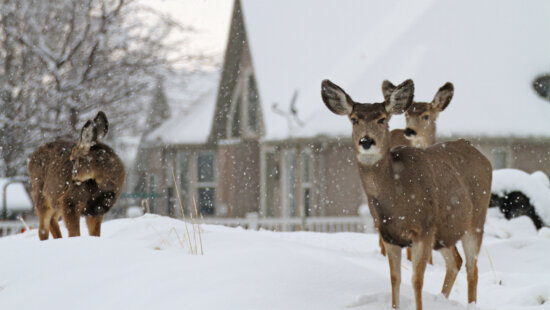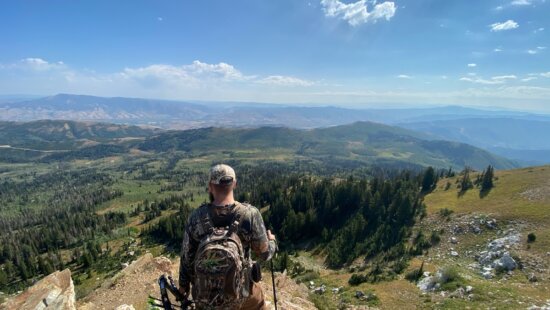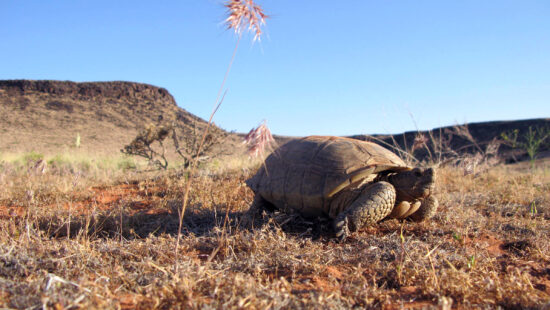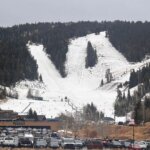Wildlife
Deer collisions peak in Utah as daylight saving ends, officials urge caution
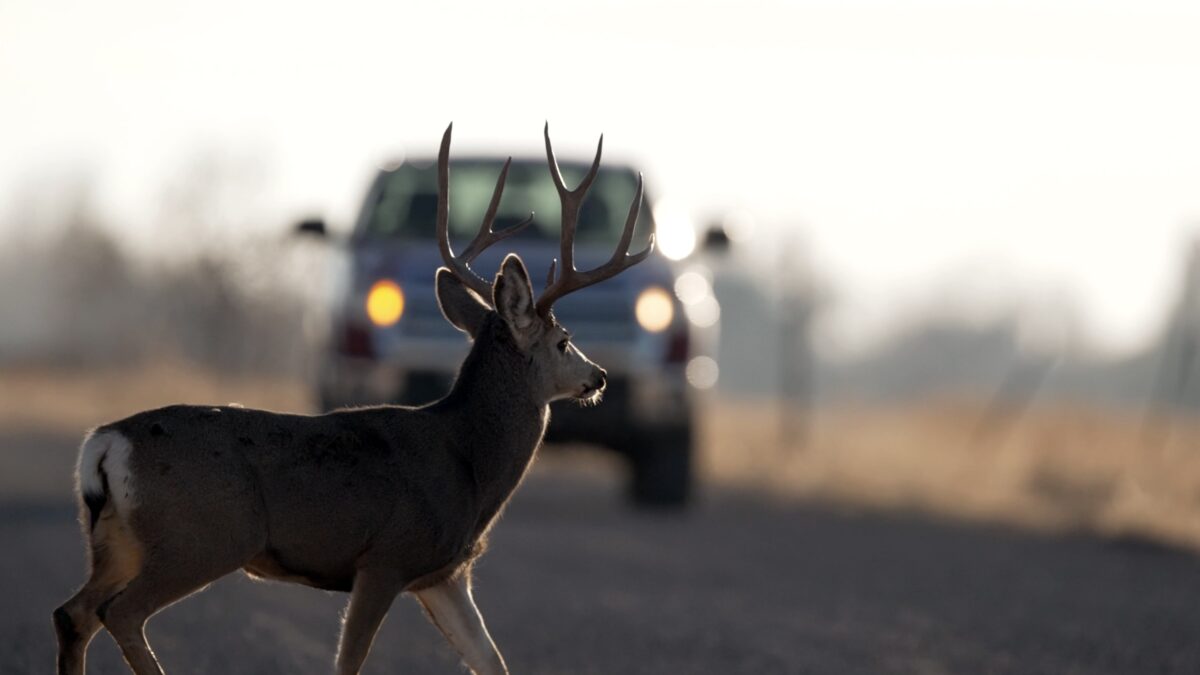
Buck deer in the road. Photo: Utah Division of Wildlife Resources
UTAH — As Utahns gain an extra hour of sleep with daylight saving time ending on Nov. 3, officials warn that shorter daylight hours and increased deer movement are raising the risk of car accidents. November is Utah’s peak month for deer-related collisions due to the annual migration of deer to lower elevations in search of food.
Makeda Hanson, migration coordinator with the Utah Division of Wildlife Resources (DWR), said in a press release that November “coincides with mating season and the annual migration of deer. Animals are crossing more roads during migration, and male deer move around a lot more to find mates. It also doesn’t help that the daylight hours are shorter during this time of year, creating lower visibility for drivers.”
According to the DWR, the most recent study on deer collisions in Utah reported around 10,000 crashes in 2012. However, those numbers have likely dropped as the state has installed wildlife bridges and fences along major migration routes.
As of Oct. 28, Utah has recorded over 7,800 wildlife-related vehicle collisions this year. These incidents mainly occur during dawn and dusk, when deer are active and drivers face low-light conditions. The DWR suggests that drivers heed wildlife crossing signs, avoid distractions, and use high-beam headlights when possible.
“If you spot a deer near the road, remember they often travel in groups. Look for additional animals and slow down,” the agency advises.
Wild Aware Utah, a collaborative safety program, also encourages drivers to keep trash inside their vehicles, as littering can attract animals to highways.
Drivers are encouraged to report collisions using the Utah Roadkill Reporter app. “When you submit a report of hitting an animal, it helps provide information about potential areas for wildlife crossings,” Hanson added. “The data collected through the app also benefits the Utah Wildlife Migration Initiative and its efforts to learn more about the annual migration patterns of different animal species in Utah.”
The DWR advises that anyone involved in a wildlife collision call 911 if the animal could present a safety hazard on the road.
















